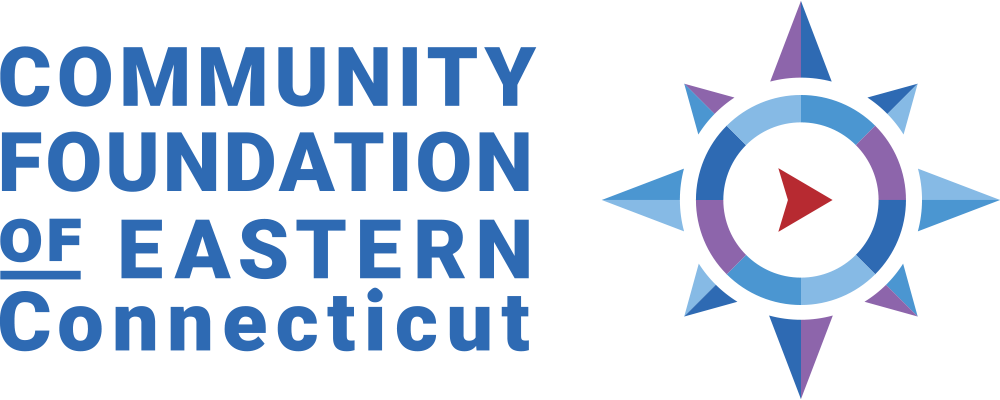 February 25, 2021
February 25, 2021
By Olwen Logan
OLD LYME/NEW LONDON, CT: A new group has been formed with a mission of employing public art to spark conversation and stimulate education on what it means to be engaged in antiracism
Public Art for Racial Justice Education (PARJE) is a broad-based, interracial, non-partisan, non-sectarian group consisting of volunteers from various communities around the shoreline region. These communities include Old Lyme, Lyme, Old Saybrook, East Lyme, Essex, Deep River, Norwich and New London.
Building partnerships with surrounding communities is an additional focus of the group’s stated mission.
The origins of the group can be traced back to the tragic killing of George Floyd last May. Shortly after that, when the nation was still reeling from the tragedy, Rev. David Good, Minister Emeritus of the First Congregational Church of Old Lyme and Rev. Jack Madry of the Madry Temple in New London started to discuss ways to bring communities together to address the scourge of racial injustice.
Commenting on the use of public art to help achieve this goal, Rev. David Good explains, “Public art will not solve systemic racial injustice, but it would be a public affirmation that, on the one hand, this is the country we are, and, on the other, this is the country we are endeavoring to become.”
Public Art for Racial Justice Education is working with educators, museums, civic groups, faith communities, art galleries, and concerned citizens to concentrate on providing opportunities for community engagement. Numerous virtual meetings have been held bringing together a diverse group of artists, activists, administrators and more, who share a common goal and are systematically working through a complex series of steps to make it a reality.
The group believes very strongly in the ability of public art to educate about the history of Black, Indigenous, People of Color (BIPOC). There will be a high priority on selecting BIPOC artists while also working side-by-side with others, trained and untrained, and those of all generations, races and ethnicities.
PARJE is committed to commissioning artists to create public art appropriate for each site and locality selected, beginning with Old Lyme and New London.
Thanks to the fiscal sponsorship provided by the Community Foundation of Eastern Connecticut and a groundswell of support from many individuals and groups, PARJE is advancing its goal of bringing together the sometimes disparate communities of Old Lyme and New London with art. The intent is to provide conversation and education on what it means to be engaged in antiracism.
Short-term plans include renovating underused public spaces with murals. Two artists are currently working to create a diptych (a two-panel painting intended to function as a traveling exhibition), which is slated for completion in May and will be used in schools, or any public space, to tell the controversial story of the Edmund Pettus Bridge in Alabama.
The diptych project also intends to illustrate the possible future of the bridge supporting efforts currently underway to rename it after civil rights activist, John Lewis, who would have been 81 this February.
PARJE has begun working with elected officials from both Old Lyme and New London to consider public programs that would enhance the function of the public art. This involves presenting the full history of this area by exploring the connections to racial injustice throughout its own local past.
New London City Councilman Curtis Goodwin, an advisor to the Public Art for Racial Justice Education group, comments, “As people around the world demand the dismantling of racist systems, this project is timely and colorful. Art remains an underutilized and underfunded vehicle that can spur change and build future leaders needed in the world.”
He adds, “I am encouraged by witnessing two towns of contrasting makeups take an intentional approach to use art to join the call for racial justice.”
From the displacement of indigenous communities to the use of slave labor in the whaling industry, PARJE leaders point out that the the local region, along with many others across the nation, has been actively complicit in – and not passively just home to – various racial injustices.
Public Art for Racial Justice Education aims to provide opportunities to examine or reexamine some of these events. As the US struggles to confront systemic racism, PARJE will focus on engaging artists from all disciplines to create public art aimed at addressing not only contemporary issues but also their origins.
The decision to prioritize hyperlocal examples of racial injustice is a considered decision by PARJE in the hope it will encourage communities to take ownership of their involvement in some of these incidents and also celebrate their locally-based, lesser-known BIPOC historical figures.
Editor’s Note: For more information about Public Art for Racial Justice Education, visit their website follow PARJE on Facebook at Facebook.com/Public Art for Racial Justice Education and Instagram @racialjusticeart. To inquire about joining PARJE, email racialjusticeart@gmail.com.
This article is based on a press release from PARJE.



